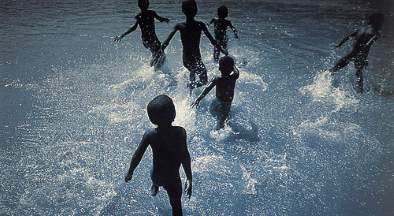The project aimed to revitalize and to set up management rules for the Mvutjini earth dam in KaLanga, Swaziland. As a result of the project the earth dam was fenced and trees cleared, animal drinking troughs built, boreholes were installed, an organized gardening scheme was created and sanitary facilities were built. The local community was also given training and education and involvement of stakeholders from governmental bodies, NGOs and local dwellers was ensured through community meetings.
The Mvutjini earth dam is located in the central Lowveld of Swaziland. The dam is the only source of water for four communities in the region and the KaLanga area is characterized by rural farming and small scale livestock rearing communities. The Mvutjini dam was constructed with the intention to supply water to farms and for livestock purposes. At first, efforts were made to provide safe water, but over time unclear ownership and lack of formal mechanisms to manage the water source caused unfavorable conditions for the local community. There were no attempts to address the serious problems of human and livestock pollution of the dam, the deteriorating health situation, or the over-exploitation of the water source.
A longer summary and the full case study is available at the GWP ToolBox.
